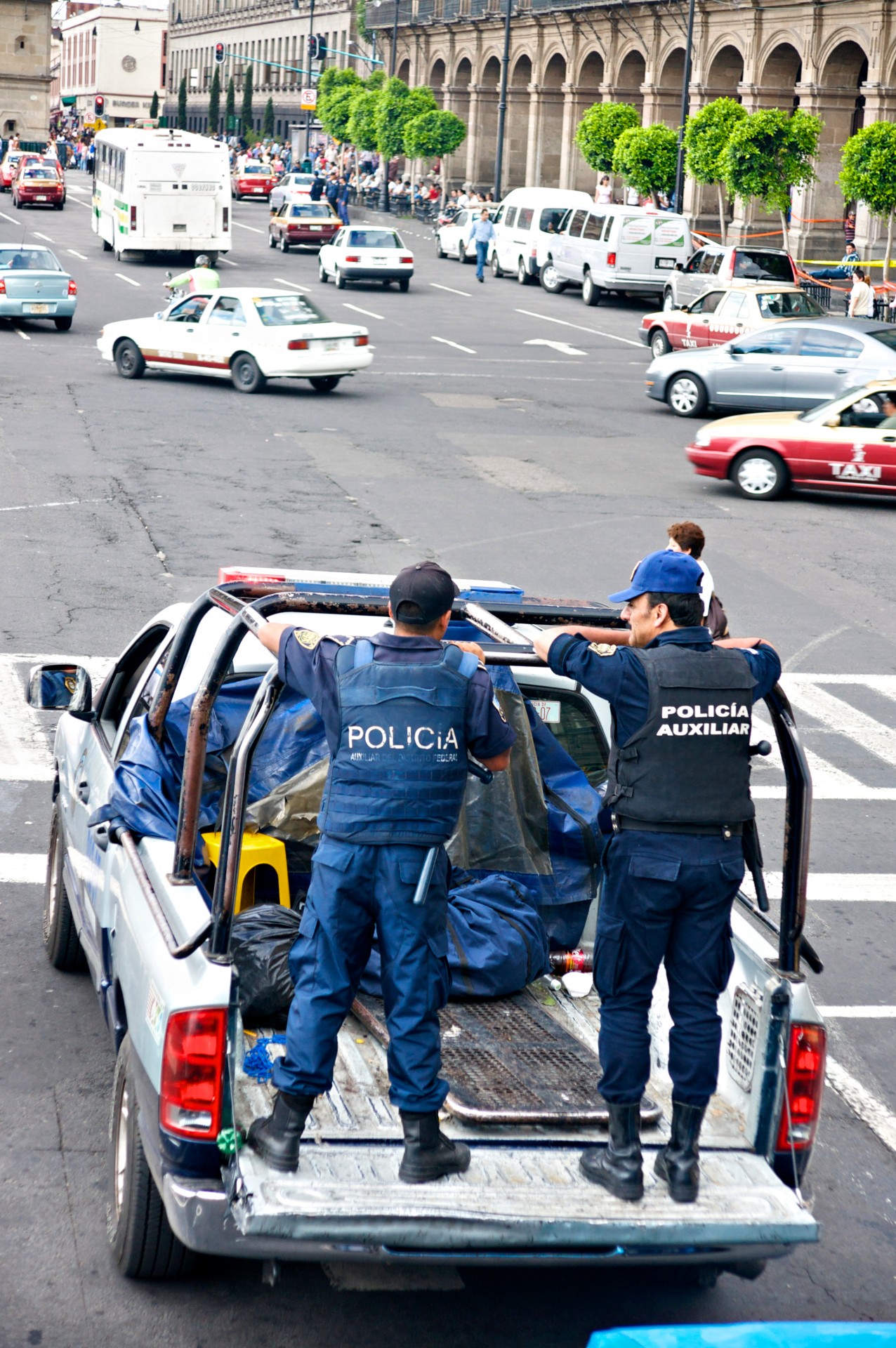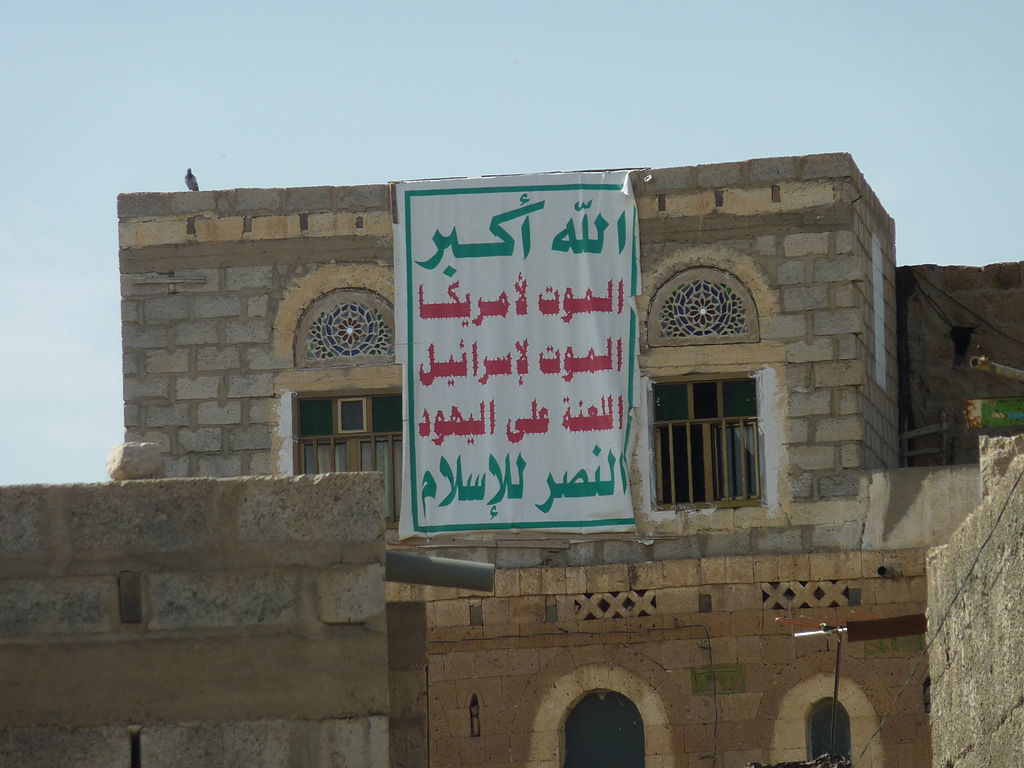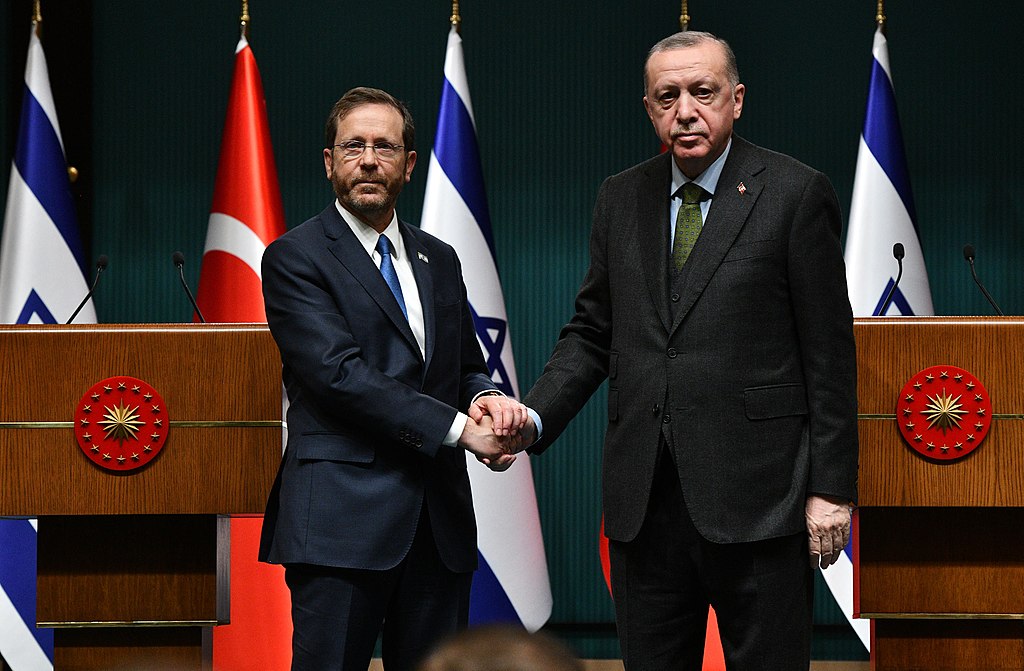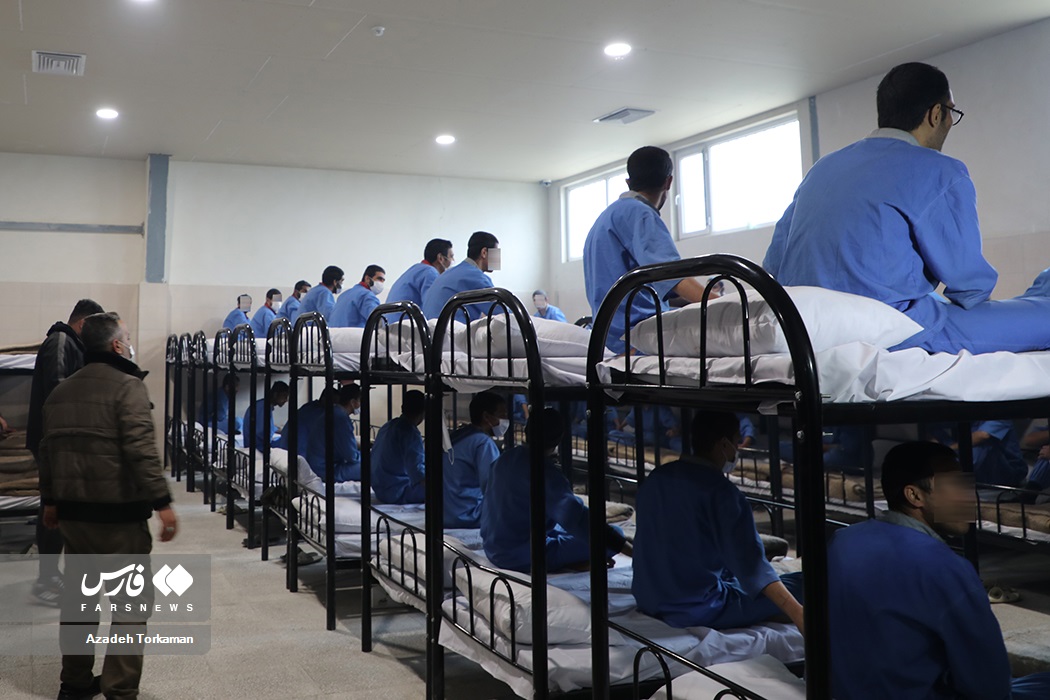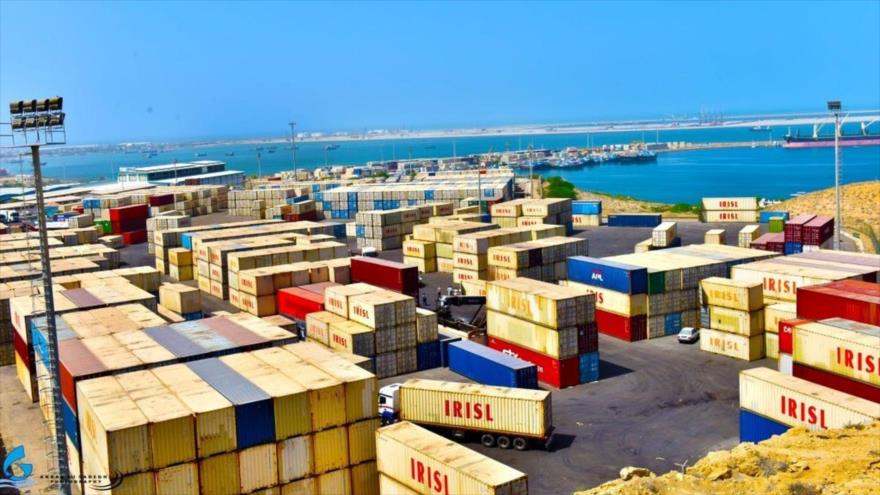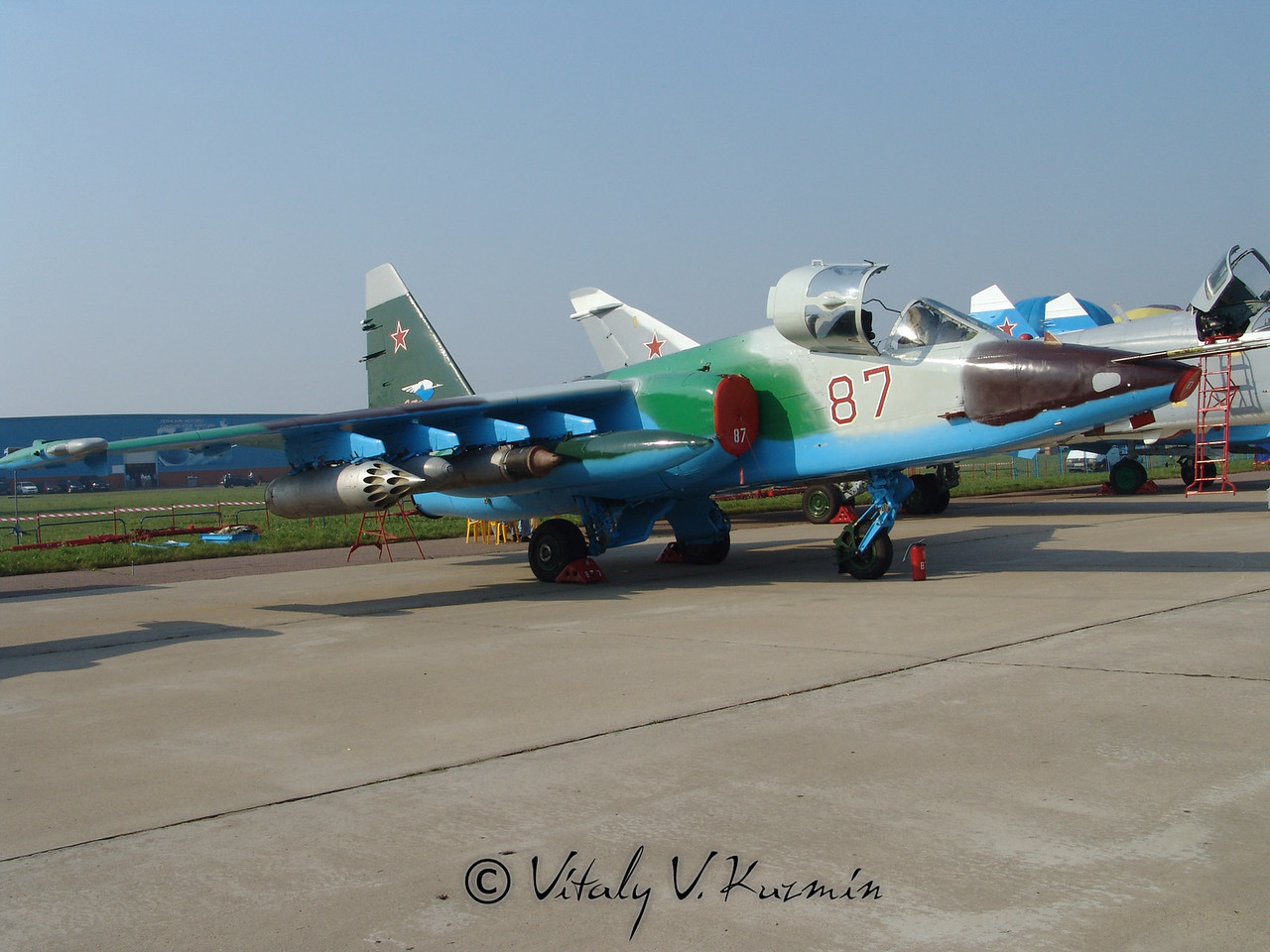
Russian Air Force Su-25 Ground Attack Aircraft.
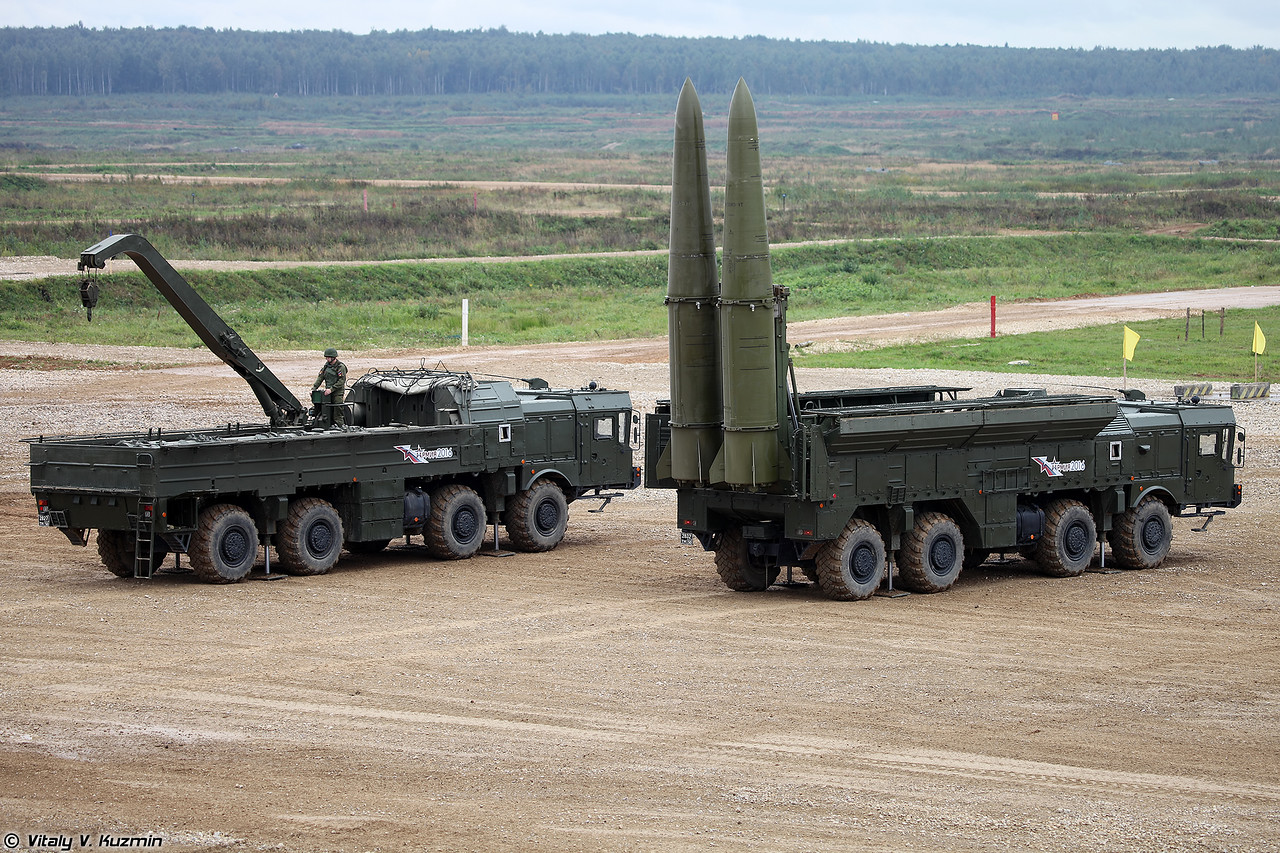
Transporter Erector Launcher (TEL) with 9M723K5 Short Range Ballistic Missiles and Transloader of the Iskander-M.
“Lukashenko has asked Putin to help convert Belarusian military aircraft to carry nuclear warheads.”
“The strengthening of the “missile fist” of the Union State can deter the deployment of critical, but vulnerable stationary objects of NATO military infrastructure near the borders of both Belarus and Russia.”
The accompanying excerpted article from pro-Kremlin daily Izvestiya describes Russian plans to provide Belarus with the Iskander missile system. Russia exports the Iskander-E limited capability export variant to Armenia and Algeria. However, according to Izvestiya, due to changing “geopolitical realities,” Russia will provide Belarus with the same version of the Iskander that the Russian Armed Forces field. In a related development, Russian government news service Interfax describes President Putin’s proposal to modernize Belarus’s aging fleet of Su-25 ground attack aircraft and President Lukashenko’s request to modify Belarussian aircraft so they may employ nuclear weapons. In February, Belarus removed verbiage from the constitution regarding its status as a “nuclear-free zone.” This prompted speculation that Russia may be planning to deploy nuclear weapons on Belarussian territory. There have been no announcements from Moscow or Minsk on what, if any, arrangements they have made for such a contingency, but the announcement about the Iskander, which is capable of nuclear delivery, and Lukashenko’s request for nuclear delivery capable aircraft is notable.
Source:
Anton Lavrov, “Идите под ‘зонтик’ (Go Under the ‘Umbrella’),” Izvestiya (large circulation pro-Kremlin daily newspaper), 28 June 2022. https://iz.ru/1356221/anton-lavrov/idite-pod-zontik
On June 25, Russian President Vladimir Putin announced that Iskander [missile systems] would be transferred to our closest. According to him, Belarus will receive a variant with both ballistic and cruise missiles.
This means that we are talking about transferring to a partner in the Union State not a limited and simplified export version of the Iskander, but a full-fledged formidable system that is not inferior in capabilities to those that are in service with our country and are now being successfully used in a special operation in Ukraine.
Due to international agreements, the export Iskander-E is limited to a range of 280 km. The deployment of such in Belarus would not bring a serious increase in NATO territory controlled by them compared to the Iskanders already in the Kaliningrad region…
Such a radical discrepancy in the capabilities of the export and “home” version has long encouraged the leadership of Belarus to strive to obtain the Russian version. But the issue of its acquisition, as well as price, for various reasons, remained the subject of bargaining between Minsk and Moscow for years. Dramatically changed geopolitical realities, it seems, will allow Alexander Lukashenko to get a variant in the “top configuration”. It is clear that in the event of a real conflict, it will be possible to use it jointly with the Russian Federation and according to a single plan.
The strengthening of the “missile fist” of the Union State can deter the deployment of critical, but vulnerable stationary objects of NATO military infrastructure near the borders of both Belarus and Russia. The Alliance will have to reckon with the prospect of receiving a highly accurate and irresistible retaliatory strike against them in the event of a military confrontation…
Iskander missiles have already been deployed in the Russian Kaliningrad region. But their additional deployment in Belarus will give a significant increase in the reach zone, it will shift another 300 km to the south.
…the Kaliningrad bridgehead has serious shortcomings. Its limited territory is completely visible from all sides by means of NATO reconnaissance, and the Iskander has limited maneuverability there. Issues of ammunition storage and protection are also not easy. Belarus is much better protected from outside surveillance. The complexes on its territory will have better survivability not only due to the air defense “umbrella”, but also due to their ability to maneuver around the country and even beyond its borders. It is much more difficult to hunt for ground launchers in the wide open area of Belarus than the small area of Kaliningrad. The experience of the special operation has shown that mobile long-range weapons systems are still a very difficult target to counter…
“Президент РФ предложил дооборудовать Су-25 для Белоруссии на российских заводах (President of the Russian Federation proposed to retrofit Belarussian Su-25s at Russian factories),” Interfax (Russian government news service), 25 June 2022. https://www.interfax.ru/russia/847889
President of the Russian Federation Vladimir Putin proposed to retrofit the Su-25 aircraft in service with the Belarusian army in Russia.
“The Belarusian army is armed with a fairly large group of Su-25 aircraft. They could be appropriately equipped and training of flight personnel could be started accordingly,” Putin said during Russian-Belarusian summit talks on Saturday. “This modernization should be carried out at aircraft factories in Russia. We will agree on how to do this,” he stressed.Meanwhile, Lukashenko has asked Putin to help convert Belarusian military aircraft to carry nuclear warheads. He acknowledged that he was “very concerned about the training flights of US and NATO aircraft, which are preparing to carry nuclear warheads and nuclear charges.”… “It’s very stressful for us,” he said.
Image Information:
Image: Russian Air Force Su-25 Ground Attack Aircraft
Source: Vitaly Kuzmin, https://photos.smugmug.com/Military/MAKS-2007/i-kphcXRn/0/e220a607/X2/maks-2007-003-X2.jpg
Attribution: CC BY 4.0
Image: Transporter Erector Launcher (TEL) with 9M723K5 Short Range Ballistic Missiles and Transloader of the Iskander-M
Source: Vitaly Kuzmin, https://photos.smugmug.com/Military/ARMY-2016-Demonstration/i-bSmJnCF/0/ac0d8313/X2/Army2016demo-076-X2.jpg
Attribution: CC BY 4.0



